|
IRAF/STECF 2-D spectrum point source / background decomposition package
|
ST-ECF
|
|
SPECRES - Point Source Extraction and Background Decomposition of 2-D Spectra
Jeremy R. Walsh
Introduction
In the spectrometry of point sources, the advantage of obtaining
long slit spectra over using single aperture spectra is that it
provides a simultaneous spectrum of the background on both sides
of the point source. The spectrum of the point source can be
extracted from the larger-scale scene by many methods, from simple
box extraction (summing of a number of lines in the spatial direction)
to more refined methods such as optimal weighting (Horne 1986;
Robertson 1986). However none of these methods provide an answer
to how to estimate the background "under" the point source.
When the background is simple, such as a flat or sloping background,
a linear interpolation of the values from both sides of the source is
sufficient, but in the case of complex backgrounds, such as galactic
nuclei with strong gradients, higher order fitting is required. The
general problem is one of spectral decomposition - of separating the
spectra of the point sources from the background. If the spatial
profile of the point source(s) with wavelength is available, then it
can be used with a restoration technique to decompose the point source
spectra from the background spectrum. This is analagous to the image
restoration case of a known Point Spread Function (PSF); for long slit
spectra the Point Spread Function along the slit is referred to here
as the Slit Spread Function, SSF.
There are many astrophysically useful applications of spectral
decomposition from the simple one of subtracting the sky
spectrum, to more complex ones such as determining the spectrum of the
cusp of a galaxy nucleus, extracting spectra of closely separated stellar
sources, such as binaries, or extracting multiple stellar spectra
in crowded regions and extracting emission line spectra from high
continuum complex scenes (see Walsh 2001 and Lucy and Walsh 2002).
In addition, there are a variety of applications in nebular spectrometry
when it may be the complete background spectrum, with the point sources
removed, which is of scientific interest.
The "specres" package provides software tools to extract point source
spectra from longslit or 2-D spectra with a known SSF.
The technique is an extension of familiar image restoration
methods used to improve the spatial resolution of imaging data.
It can be simply thought of as multiple 1-D image restoration,
where the single dimension is the signal distribution along
the slit (the cross-dispersion direction) and the multiplicity
is provided by the number of channels in the dispersion direction.
It must be emphasized that there is no spectral restoration being
undertaken, i.e. the spectral resolution remains unchanged as a result
of these purely spatial restorations.
The STECF IRAF layered package "specres" provides two tasks to extract
point source spectra from 2-D images (either longslit, multislit
or cross-dispersed) and decompose the full background over the image.
The tasks use the Richardson-Lucy (Lucy, 1974; Richardson 1972)
iterative restoration algorithm to perform a maximum likelihood estimation
and are fully described in Lucy & Walsh (2002).
The codes employ adaptions of the Lucy-Hook (Hook & Lucy 1994) two-channel
restoration technique, whereby a smoothing kernel is used to distinguish
the extended source from the designated point sources. One of the codes
utilises the (strong) constraint that the spectrum of the background is
spatially unchanging (the "homogeneous" case). The other code uses the R-L
scheme for the decomposition of the point source(s) and background
applied independently to each spectral channel (the "inhomogeneous" case).
Neither code however employs an entropy constraint in contrast to the
Lucy-Hook technique.
The output products are the extracted spectra of the designated
point source(s) and the estimated background image. A Point Source
Function spectrum image is required as a 2-D spectrum. A task is also
provided in the package to produce an SSF image from sets of (2-D spatial)
PSF's, by simulating the spatial profile produced by placing a long slit
over the PSF images and interpolating between the wavelengths of the
individual PSF's.
Components of Package
- specinholucy -- Extract the spectra of one or more point sources
and estimate the background spectrum using R-L restoration for
the inhomogeneous case where the spectrum of the background can vary
with position on the slit. The background is distinguished
to be smoother than the point source(s) by a Gaussian smoothing
kernel, whose width is set by the user. The input consists of the 2-D
spectrum image; the output extracted spectra are STSDAS tables and
the estimated background is a 2D image. The statistical error image can
also be input to allow multiple Monte Carlo trials to be performed
for estimation of the restoration errors.
IRAF/STSDAS help file available.
- specholucy -- Extract the spectra of one or more point sources
and estimate the background spectrum utilising the constraint that
the spectrum of the background is homogeneous, i.e. does not vary
with position on the slit. The simplification allows the spatial
profile of the background to be collapsed along the wavelength axis
and a 1D restoration of sources and background performed. The
spatially restored background is then assigned to each spectral
channel in a separate Lucy-Richardson iteration scheme which alternates
with the 1D restoration of the wavelength-collapsed spatial profile.
The background is convolved with a Gaussian smoothing kernel of
chosen width. For spectra which have a background which is
considered not to spatially vary with wavelength, this
method provides a very accurate estimation of the background, freer
of local noise than the specinholucy routine. The input and
output products are identical to specinholucy.
IRAF/STSDAS help file available.
- specpsf -- Produce a 2-D longslit spectrum from a set of Point
Spread Functions in the range of wavelengths of a reference image.
A reference image provides the dimensions for the output image
and the required wavelength range. The set of spatial PSF's must
be included in the wavelength range of the reference image. The
simulated slit is placed on the PSF images to form the spatial
Slit Spread Function (SSF); the slit can be offset from the
centre of the PSF's and be of any width, as defined by the pixel
size of the PSF images. The output 2-D PSF spectrum can be
subsampled in the spatial direction with respect to the input
PSF's. The SSF's at their respective wavelengths are cubic
spline interpolated onto the wavelength extent of the
reference image.
IRAF/STSDAS help file available.
See the demo directory to try out the package.
Examples of simulated and real data
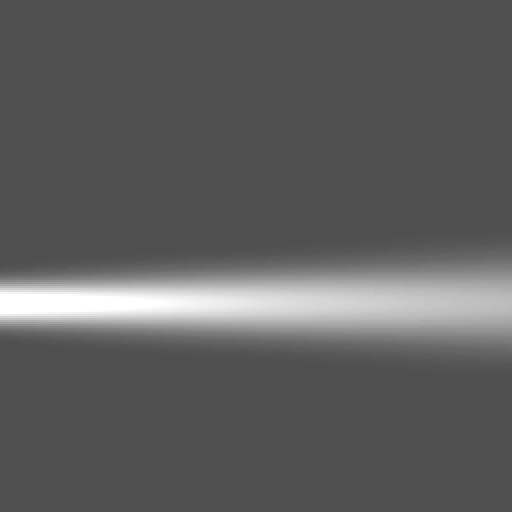
Figure 1. Longslit PSF image formed from three Gaussian spatial Point
Spread Function Images of FWHM 4.0, 6.0 and 8.0 pixels at wavelengths
of 7150, 7750 and 8300A. The wavelength coverage of the reference image
was 7100 to 8345A and the SSF has been subsampled by a factor of 4 with respect
to the input PSF images. The output SSF is centred at Y pixel 104.75
(256x256 image).
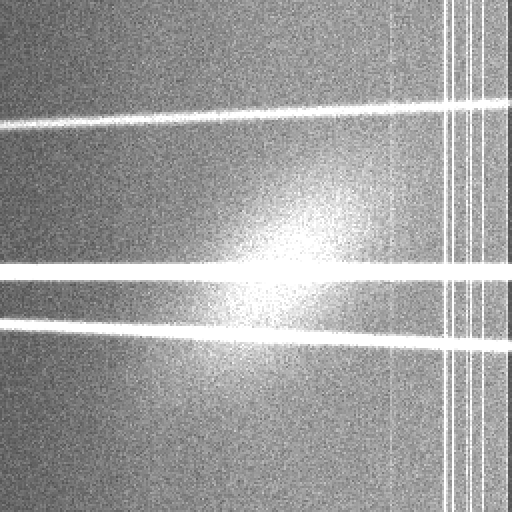
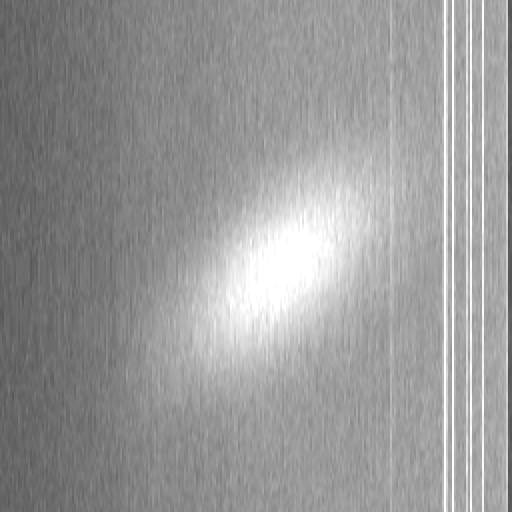
Figure 2. Left figure shows a simulated image consisting of three point sources
of Gaussian FWHM 4.0 pixels with fluxes in ratio 1.0:5.0:0.5 (bottom to top)
on a tilted elliptical background and with a simulated night sky spectrum. The
upper and lower point source spectra are tilted. The image has random
Gaussian noise.
Right figure shows the resulting background fit for a specinholucy restoration
with 50 iterations. The positions of the point sources was exactly given by the
input table specifying their positions. The FWHM of the background smoothing
kernel was 11.8 pixels and the PSF was not subsampled.
Below are shown the three restored spectra of the point sources
(The simulated fluxes were 1000, 5000 and 500 counts):
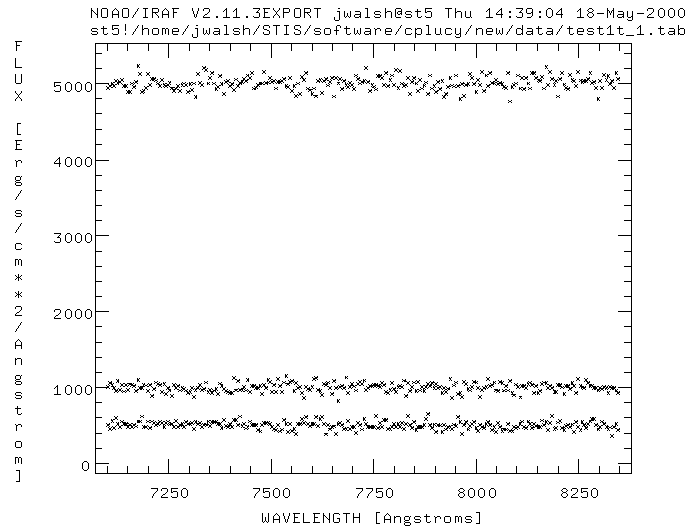
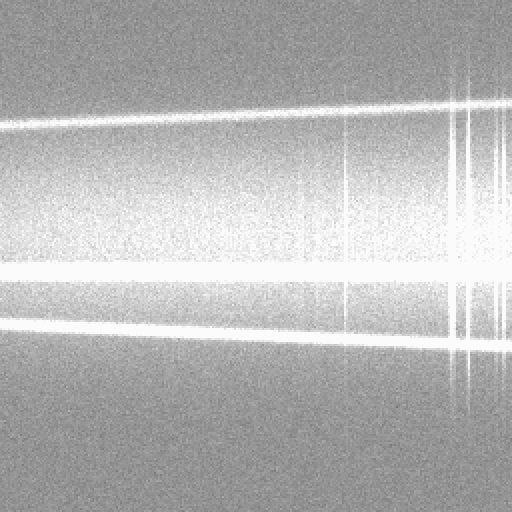
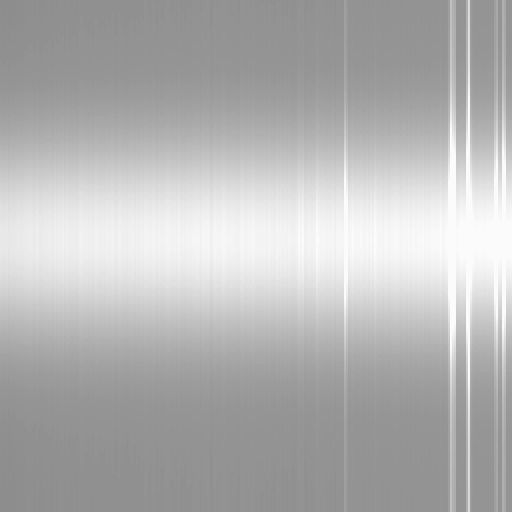
Figure 3. Left figure shows a simulated image consisting of three point sources
of Gaussian FWHM 4.0 pixels with fluxes in ratio 1.0:5.0:0.5 (bottom to top)
on a broad pedestal, whose spatial profile is wavelength independent, and with
"sky" lines included. The image has random Gaussian noise.
Right figure shows the resulting background fit for a specholucy restoration
with 50 iterations for the point sources and background spectra and the
collapsed background. The position of the point sources was exactly given by the
input table specifying their positions. The FWHM of the background smoothing
kernel was 19 pixels and the PSF was not subsampled.
Below are shown the three restored spectra of the point sources
(The simulated fluxes were 1000, 5000 and 500 counts):
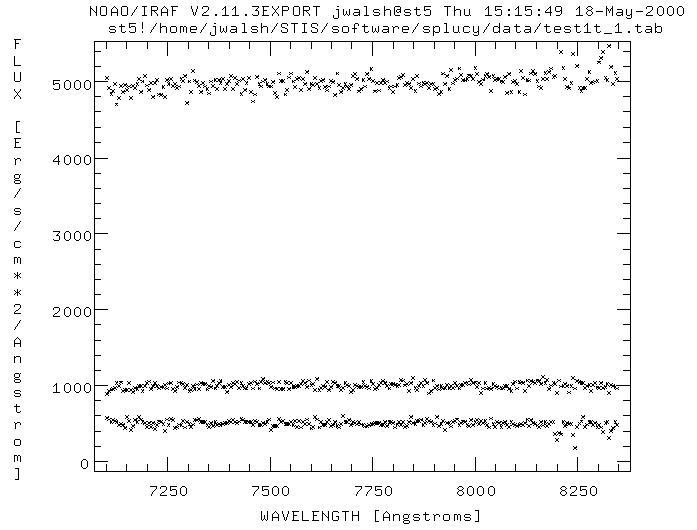
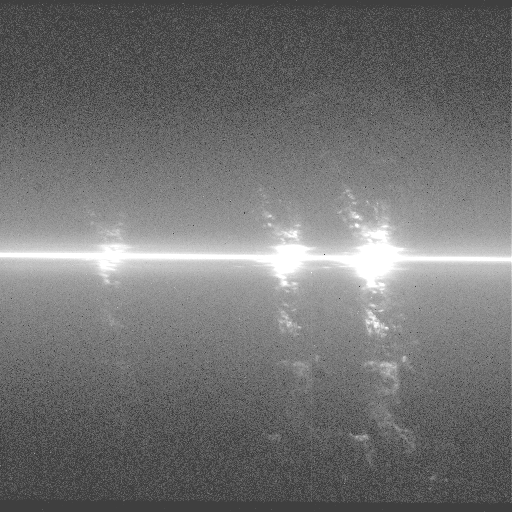
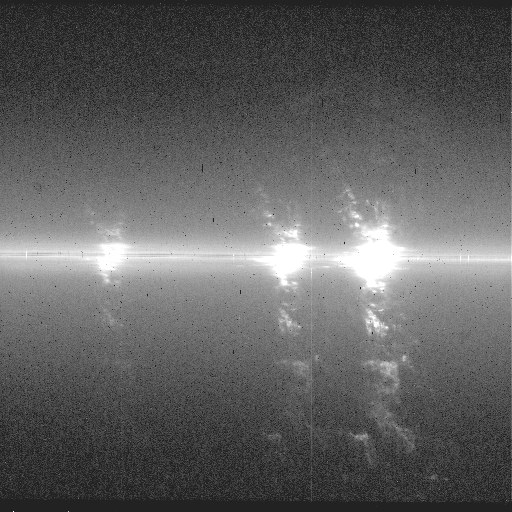
Figure 4. Left figure shows an HST STIS G430M spectrum
of the nucleus of the Seyfert galaxy NGC 4151 (PI: J. Hutchings,
Programme 7569; see Hutchings et al. 1998, ApJ, 492, 115).
The spectral range is 4820 to 5100A and shows the H-beta and [O III]
4959 & 5007A emission lines.
Right figure shows the background with the nuclear point source removed
using the specnlucy code. The PSF was provided by
TinyTim.
A high quality removal of the very bright point source is achieved; the
mis-match is caused by the inadequacy of the Tiny Tim PSF model for
this very high signal-to-noise (>200) continuum source.
Below is shown the extracted point source spectrum of the NGC 4151 nucleus.
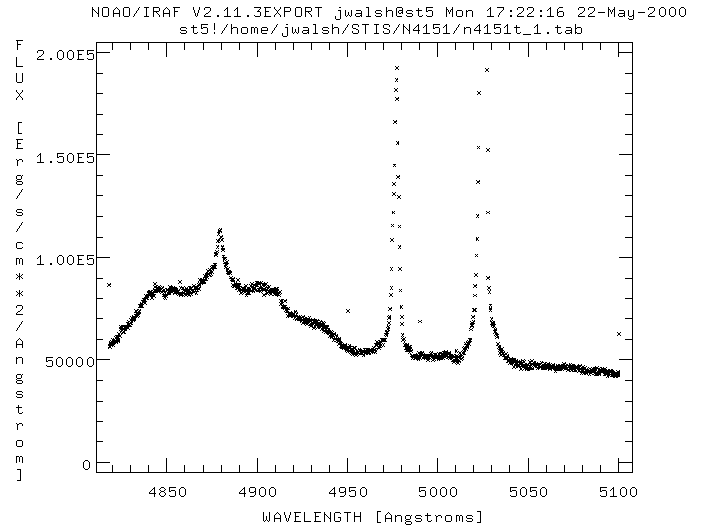
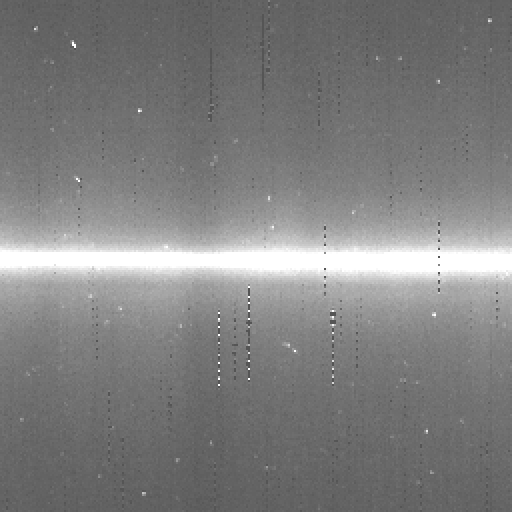
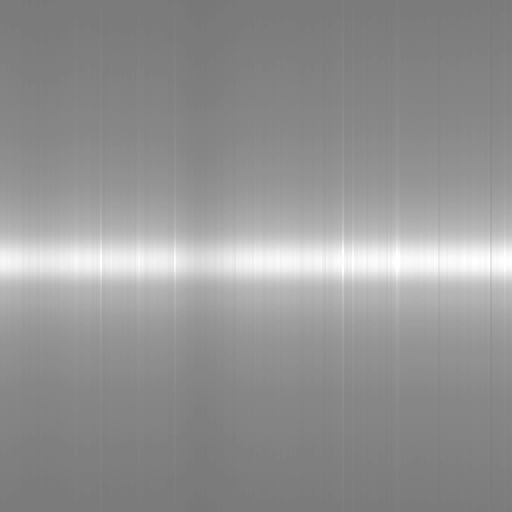
Figure 5. Left figure shows an HST STIS G750M longslit spectrum
of the nucleus of the active galaxy M 81 (NGC 3031) taken in
Programme 7350 (PI: G. Bower). The image was formed by shifting and
combining 12 separate images taken with a series of offsets of the
nucleus of M 81 along the slit. The spectral range is 8275 to 8850A to
include the Ca II triplet absorption lines. The ugly sets of bad pixels
arise from incompletely elimated hot pixels in the individual images.
These pixels have been appropriately flagged in the data quality image
and so are not considered in the restoration.
Right figure shows the background with the nuclear point source removed
using the specslucy code. The PSF was again provided by
TinyTim.
Below is shown the extracted point source spectrum of the M 81 nucleus
with an asymmetric emission line of [Fe II] 8617A, not present in the
underlying galaxy continuum.
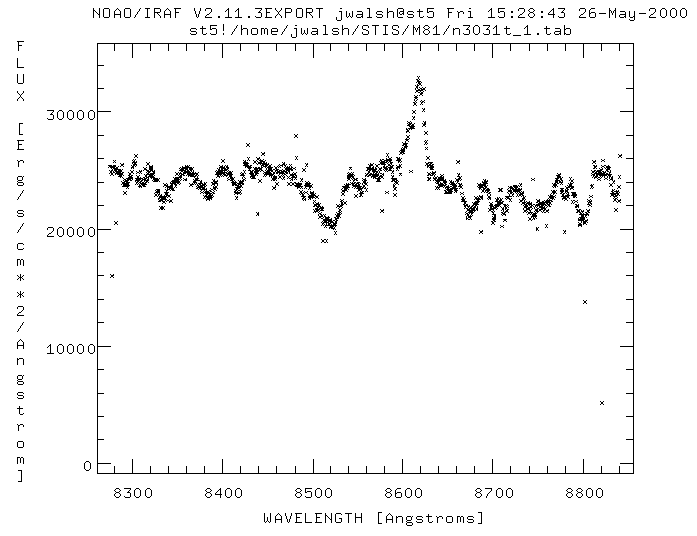
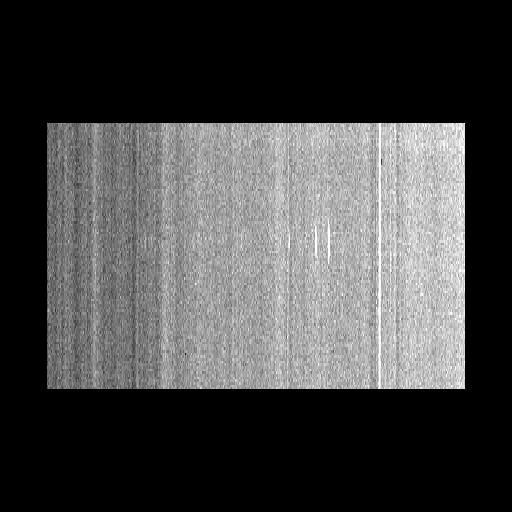
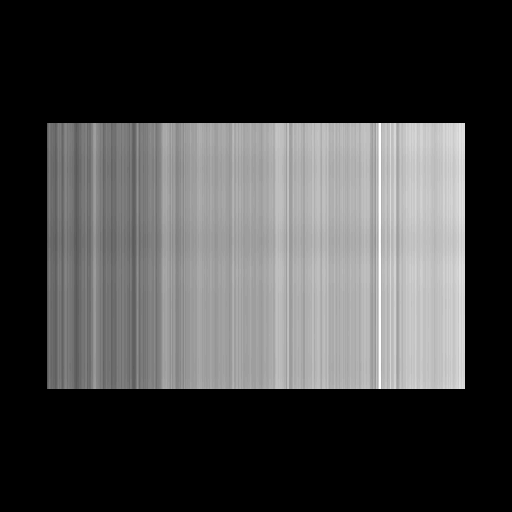
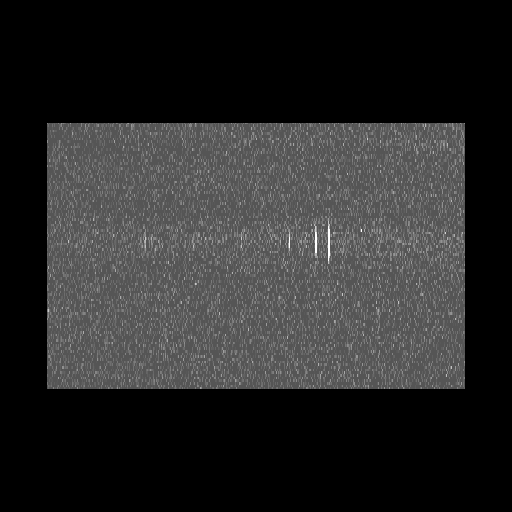
Figure 6. The top left image shows a slit spectrum of a
planetary nebula in the nearby elliptical galaxy NGC 5128 (Cen-A)
taken with FORS1
on the VLT in multi-slit mode. The planetary nbeula is an unresolved point source
at the distance of this galaxy (3.5Mpc). The strong background
is composed of both sky and galaxy stellar continuum.
The top right image shows the sky+galaxy background image from a specholucy
restoration. The Point Spread Function was provided by a star on the slit.
The image on the right shows the intrinsic spectrum of the planetary nebula
formed by subtracting the restored background image (top right) from the
observed longslit spectrum (top left). Weak emission lines, such as
[O III]4363A, are detectable.
References
Hook, R.N., Lucy. L.B., Stockton, A. & Ridgway, S., 1994. "Two Channel
Photometric Image Restoration", ST-ECF Newsletter 21, pp. 16-18.
Hook, R.N. & Lucy. L.B., 1994. "Image Restorations of High Photometric
Quality. II. Examples", Proc. The Restoration of HST Images and
Spectra, (eds. R.J. Hanisch & R.L. White), STScI, pp. 86-94.
Lucy, L. B., 1974. "An iterative technique for the rectification of
observed distributions", AJ, 79, 745
Lucy. L.B., 1994. "Image Restorations of High Photometric Quality.",
Proc. The Restoration of HST Images and Spectra, (eds. R.J. Hanisch
& R.L. White), STScI, pp. 79-85.
Lucy, L. B., Walsh, J. R., 2002. "Iterative techniques for the decomposition
of long-slit spectra". Submitted to AJ.
Richardson, W. H., 1972. "Bayesian-Based Iterative Method of Image Restoration",
Jou. Opt. Soc. Am., 62, 55.
Walsh, J. R., 2001. "Long-slit extraction using restoration", ST-ECF
Newsletter, 28, pp. 5-6.
Directory of demos
Last updated 05 December 2002
















